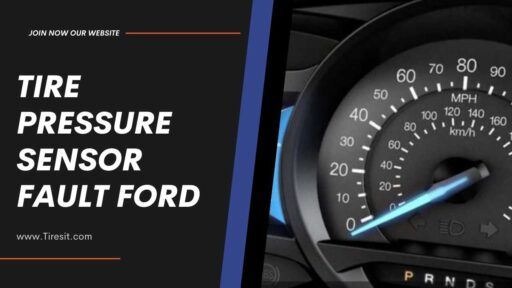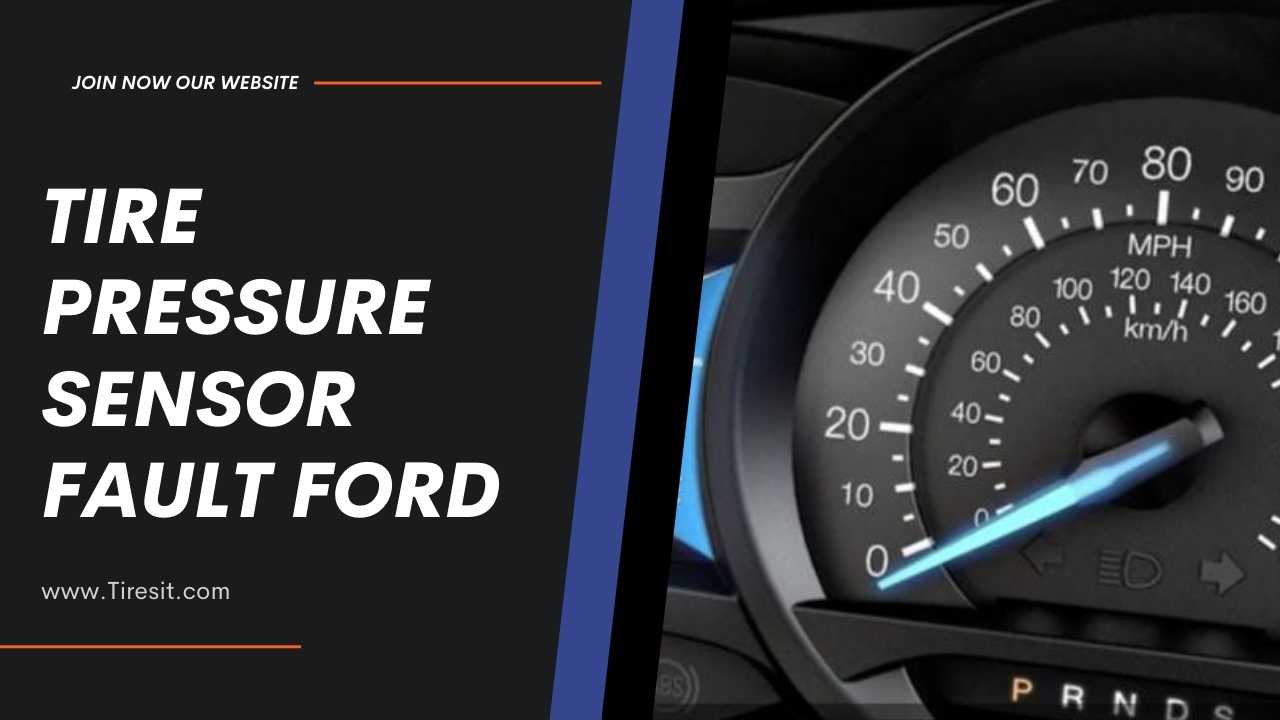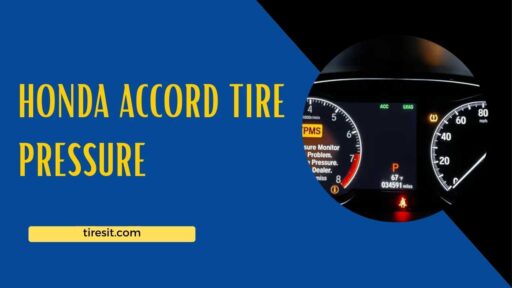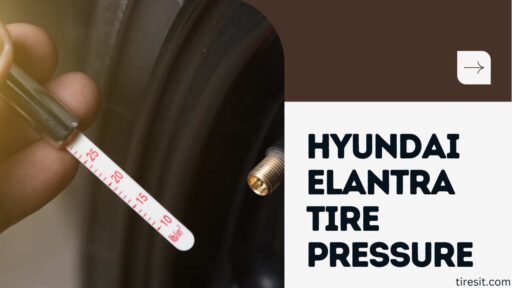Discover solutions for Tire Pressure Sensor Faults in Ford vehicles. Learn how to troubleshoot and fix issues with our comprehensive guide.
To be a Ford vehicle owner, it is essential to know the significance of tire pressure sensors and their role in your safety on the road. Tire pressure sensor fault ford may cause false readings and likely tire failures that are both hazardous and costly.
In this article, I will show you the common symptoms of faulty tire pressure sensors in Ford vehicles tire. I will offer solutions for troubleshooting them. I will also give advice for maintenance. This maintenance can help to keep your sensors in perfect condition.
Importance of Ford Vehicle’s Tire Pressure Sensors
Ford vehicles have TPMS (Tire Pressure Monitoring System). They are electronic devices. They are responsible for always monitoring tire air pressure. This is highly important as proper inflation of the tires results in good performance, fuel economy, and safety.
These sensors can warn you when the pressure drops below or exceeds certain levels by monitoring tire pressure. The information is then sent to an onboard computer system in a vehicle, which then activates a warning light on the dashboard if everything isn’t fine. This visual reminder serves to prompt you whenever there are problems with your tire pressure.
Common Symptoms of Faulty Tire Pressure Sensors in Fords
It’s important that you’re aware of some typical signs suggesting malfunctions in your car tire pressure sensors. By spotting these signs early, one can identify the causes of faults and remove the risks they pose.
One common sign that a tire sensor is faulty could be indicated by a TPMS warning light staying or flashing intermittently on your dashboard. This light is on. That means a system that checks air pressure in tires is broken.
Also, watch out for random gauge figures. They show air pressure changes in different wheels. This behavior proves a sensor is malfunctioning.
Also, if you notice odd tread wear patterns or sudden fuel economy drops, then your tire pressure sensor might be broken. After all, a faulty tire monitor only saves fuel. So, these sensors are important. They reduce uneven tire wear and low mileage.
Detecting Faults with Ford Tire Pressure Sensors

Credit: www.pexels.com
Before troubleshooting steps, it is important to diagnose the specific fault in your tire pressure sensor. In order for you to narrow down the possible causes and take necessary remedial measures, you need to know what exactly is wrong with them.
Begin by using a reliable pressure gauge to check each of your tires’ air pressure. Compare readings from the TPMS display with those obtained from your gauge. If there is a significant variation between the two value sets, it can be concluded that one or more sensors are malfunctioning.
Also look at their physical condition. Check whether there are any visible signs of damage on them such as cracks, corrosion or loose connections. These factors prevent proper functioning of sensors hence needing urgent repair.
If you cannot find the fault, consult your car owner’s manual. Or, contact a technician at a Ford garage for help. They have the knowledge and tools to find and fix every tire pressure sensor problem.
Expert Diagnosis and Fixing
Though you tried your best to handle some TPMS issues, others need a professional hand. It is important to know when to get help.
Signs That It’s Time for Professional Help
After trying the DIY steps and still getting persistent issues, then it’s probably time to bring in a certified technician. However, there might be another reason, if the TPMS light is flashing constantly, then something is wrong. It needs immediate attention from an expert.
Fixes for TPMS Faults
Corrosion on the sensor has been diagnosed, among other problems, by mechanics. In case of these findings, either changing the sensor or updating the system with rectifying software may be necessary.
Ford Vehicles Common Tire Pressure Sensor Faults Troubleshooting Steps
Once you have identified a fault in your tire pressure sensor, it is time to troubleshoot the problem. Here are a few steps you can follow to address common issues with your sensors:
Check out battery life: Sometimes, tire pressure sensors require replacement batteries. Therefore, check their health whenever they are fitted with batteries. A weak one or no battery at all can make the sensor not working properly.
Look into sensors: Over time dust together with other particles accumulate on them restricting from functioning as expected by drivers. With mild soap and a soft brush carefully take out each one of them and wash them clean dryness should be observed and only after that replace them back.
Calibrate them to fix miscalculations that may lead to wrong readings. At times, recalibration will be needed to make readings real again. This is especially true for Ford cars that have this requirement. The process must follow recommendations in the car’s manual. This can range from just pushing a reset button to using diagnostic devices made for this.
Be aware of aftermarket interference. Tire inflators or sealants, and others bought outside, may interfere with your tire pressure sensors. Thus, uninstall these accessories and see if the sensor readings get better. If any improvement is noticed in this regard, seek alternative intervention or involve an expert in the field.
Ford Vehicles Tire Pressure Sensor Reset
If you have addressed the common troubleshooting steps and the fault persists, you may need to reset your tire pressure sensor. Resetting the sensor can help reestablish communication between the sensors and the vehicle’s computer system. Here’s how you can reset the tire pressure sensor in Ford vehicles:
Ensure that all your tires are well pumped: Have a look at each one of them before resetting your sensor so as to ascertain if they are inflated as recommended. In order to know what these values are, take a glance at Ford vehicle’s owner manual.
Turn on your car, but do not start it. Leave the ignition on before starting the engine. Then, park or idle in neutral gear.
Find the TPMS reset button. It is in some Ford models. Look inside the glove compartment or driver side kick panel first, as the user guide says.
Hold down TPMS reset button for several seconds: Simply press uninterrupted until TPMS warning light flashes twice before releasing it again.
Drive your auto: After restarting the sensor, drive your Ford auto for a minimum of ten minutes at not less than 30 miles per hour. The sensors will need to communicate with the car’s computer system and recalibrate.
Replacing a Damaged Tire Pressure Sensor in Ford Cars
If you have tried all the troubleshooting steps and nothing seems to work, you may want to consider replacing the faulty sensor. Although it is possible to do it yourself, it is recommended that you seek expert help to ensure proper installation and programming of a tire pressure sensor on your Ford vehicle.
Consult an owner’s manual for your Ford vehicle or contact your local authorized dealer regarding guidance on the specific sensor model and replacement procedure. They can provide adequate information and make sure that they give you an appropriate sensor for your Jaguar.
Preventive Maintenance Recommendations for Tire Pressure Sensors in Ford Vehicles
To prevent future failures of these sensors in my Jag, I should follow some preventive measures:
Check sensors regularly: As part of inspecting these devices visually check their external surfaces for any damage or corrosion. Fix any problems promptly.
Clean them when servicing tires: Every time tires are serviced by getting rotated, balanced or replaced, make sure that these sensors are cleaned as well. This cleaning clears up any dirt particle which may hinder the working of the device.
Do not use strong chemicals: While washing them avoid application of harsh chemicals or solvents that could destroy delicate parts within them. Use mild detergents and soft brushes when cleaning.
Monitor tire pressure periodically: You must still check manually if they are functioning okay using a reliable pressure gauge though the sensors work fine; this is particularly important as far as accuracy is concerned since there may be cases where slight alterations are not sensed early enough.
How to Handle Faulty Tyre Pressure Sensor Issues in Ford
While this article provided general assistance guidelines during such common TPMS malfunctions in Ford cars, one needs to involve experts when necessary.
If you are not sure about anything during the troubleshooting or if the fault is still there after trying all that, then it would be appropriate to see a certified technician or visit your local authorized dealer for assistance on this unique matter. They know how to examine and fix such complex sensor problems using specialized tools.
FAQs About Tire Pressure Sensor Fault Ford
Can I drive my Ford vehicle with a malfunctioning tire pressure sensor?
It is not advisable to drive your Jaguar when it has a faulty tyre pressure monitoring system. These sensors help in ensuring accurate inflation of your tires thereby making them safe and efficient. Use of faulty sensors can lead to wrong readings about air pressures in them which could result in bursting.
How often should I check my tire pressure sensors?
It is always good to ensure that frequent checks are carried out on tyre pressure monitors preferably once per month. This helps in ascertaining their proper functioning as well as accuracy. In addition, using an ordinary reliable gauge, manually measure your tyre’s inflation level since sometimes these devices don’t pick up minor changes.
Can I replace a tire pressure sensor myself?
Though you can replace a tire pressure sensor in Ford vehicles on your own, it is advisable to get professional help. For the sensor to work well, proper installation and programming are essential. Consult your local Ford dealership or a certified technician for advice and support.
Conclusion
However, Ford vehicle’s tire pressure sensors malfunction more often that people think. You will be able to fix these faults if you understand the significance of the sensors, see their signs of problems and go through the troubleshooting process as provided in this article.
In order to keep your Ford vehicle safe and performing optimally, adhere to preventive maintenance measures and consult experts when necessary.





